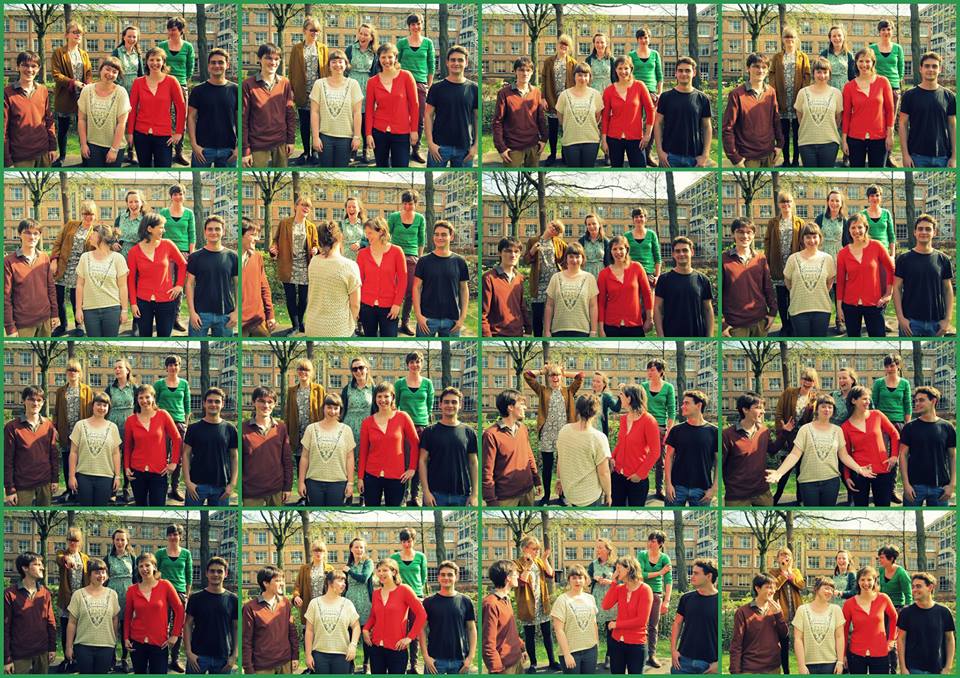Team:UGent
From 2013.igem.org
| Line 1: | Line 1: | ||
[[File:UGent_2013_logo.jpg|100px|left]] | [[File:UGent_2013_logo.jpg|100px|left]] | ||
| - | {| style="color:# | + | {| style="color:#443e56;background-color:#f2cb03;" cellpadding="3" cellspacing="1" border="1" bordercolor="#443e56" width="62%" align="left" |
!align="center"|[[Team:UGent|Home]] | !align="center"|[[Team:UGent|Home]] | ||
!align="center"|[[Team:UGent/Team|Team]] | !align="center"|[[Team:UGent/Team|Team]] | ||
| Line 19: | Line 19: | ||
Ghent University has not yet participated in this world-renowned competition in synthetic biology. That, however, is about to change. | Ghent University has not yet participated in this world-renowned competition in synthetic biology. That, however, is about to change. | ||
| - | [[File:UGent_2013_Groepsfoto.jpg| | + | [[File:UGent_2013_Groepsfoto.jpg|250px|right]] |
Revision as of 10:49, 26 July 2013
| Home | Team | Official Team Profile | Project | Parts Submitted to the Registry | Modeling | Notebook | Safety | Attributions |
|---|
|
Ghent University has not yet participated in this world-renowned competition in synthetic biology. That, however, is about to change.
|
The main goal of the industrial biotechnology is to increase the yield of the synthesis of biochemical products using microorganisms as production hosts. In general, this includes engineering large synthetic pathways and improving their expression. Overexpression of endogenous and/or heterologous genes has hitherto mainly been achieved by using high or medium copy plasmids. However, studies have demonstrated that cells containing plasmids for the overexpression of the desired product lose their productivity fairly quickly as a result of genetic instability. To avoid these problems a new method was developed for the overexpression of a gene of interest in the bacterial chromosome: Chemically Inducible Chromosomal evolution or CIChE. In this technique the chromosome is evolved to contain a higher number of gene copies by adding a chemical inducer. The original model for CIChE, however, results in bacterial strains containing a large number of antibiotic resistance genes. To make this valuable technique more widely applicable in the industry, we developed a new model for chromosomal evolution, based on a toxin-antitoxin system instead of antibiotic resistance.
 "
"

